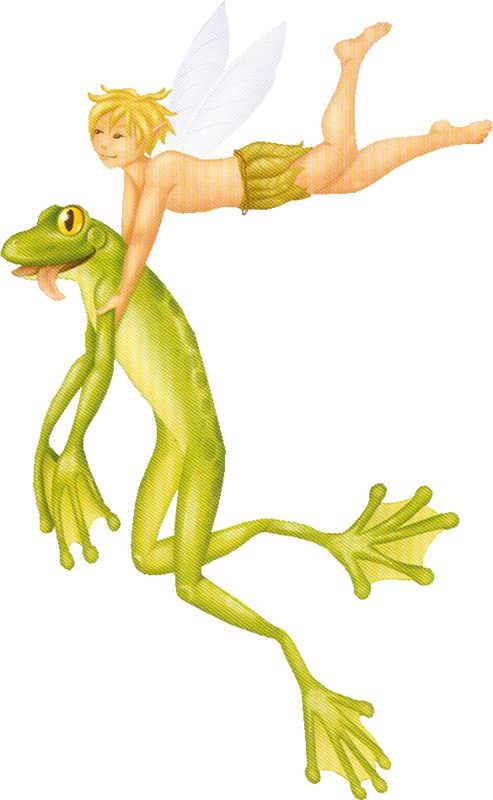"This childhood favorite evolved with a group of healthcare fairies during the mid-1920s. From bath fairies to Fairy Wand Tooth Whitener, they encouraged kids through a wave of advertisements and health classes. These ads and classes spoke to children about eating their veggies, brushing their teeth, and getting fresh air." Perhaps we should bring back these ads. I think they'd find a useful place in the modern world.
"In 1927, Esther Watkins Arnold brought the tooth fairy to life in an eight-page playlet. She named the playlet The Tooth Fairy. At the same time, Sir Arthur Conan Doyle published photographs of two girls surrounded by “verified” fairies. He claimed that fairies and gnomes existed and the pictures supplied the photographic evidence."
These days, the tooth fairy is far more generous than in years gone by. The average dollar amount for a lost tooth is now in the $3 to $4 range. And if the tooth fairy doesn't have time to stop at the ATM for small bills, the amount left the lucky recipient can climb even higher.
In honor of Tooth Fairy Day, I've assembled a few fun facts.
1. The tooth fairy is younger than you might think. While Santa Claus can trace his roots back to 280 CE (AD) and the Easter Bunny was born in the 1700s, the Tooth Fairy first made his/her debut in a 1908 edition of the Chicago Daily Tribune advice column for parents. "Lillian Brown wrote in to suggest that 'Many a refractory child will allow a loose tooth to be removed if he knows about the tooth fairy. If he takes his little tooth and puts it under the pillow when he goes to bed the tooth fairy will come in the night and take it away, and in its place will leave some little gift." Then came the 1920s ad and the 1927 play.
2. There is evidence that even before the dawn of the 20th Century, cultures around the world celebrated baby teeth, including the Vikings! Viking warriors would wear their children’s teeth as talismans, believing they’d bestow luck and protection in battle.
3. Sometimes the Tooth Fairy isn't a fairy at all but is a mouse. This depends, of course, where you live. "Psychiatrist and physician Leo Kanner’s 1928 study Folklore of the Teeth references children offering their lost baby teeth to mice, rats, squirrels, or other animals known to have sturdy teeth.
4. The value of teeth fluctuates with the stock market. Insurance group Delta Dental has also been tracking average Tooth Fairy rewards since 1998 and comparing their results to stock market activity. They've found that in at least 12 of the past 15 years, trends in Tooth Fairy payouts have correlated to movement in the S&P 500.
5. Rosemary Wells was America's Tooth Fairy expert. In the 1970s, Northwestern University professor Rosemary Wells realized that while the practice of replacing baby teeth with money was extremely popular, little was known about the origins of the Tooth Fairy. Wells took it upon herself to interview anthropologists, parents, and children; write a series of magazine articles exploring the roots of the character; and conduct a national survey of 2000 parents to learn more about families’ various traditions and interpretations. Who knew?
6. No one is quite sure what the Tooth Fairy looks like. Unlike Santa, there isn’t a widely-held consensus on the Fairy’s appearance. Most cartoons and books depict a winged female sprite or pixie, much like Peter Pan's Tinkerbell, bearing a wand and trailing sparkles in her wake. But Dr. Wells's 1984 survey found that while 74 percent of Americans viewed the Tooth Fairy as female, another 12 percent envisioned the Fairy as neither male nor female. Other responders gave less traditional answers: Some imagined the Tooth Fairy as a bear, a bat, and a dragon, I guess this explains why Dwayne "The Rock" Johnson was cast as the Tooth Fairy in the 2010 immensely popular film, The Tooth Fairy.
7. The Tooth Fairy inspired a prominent skeptic. As a fictional character, you wouldn’t expect the Tooth Fairy to appear in many serious publications. But Dr. Harriet Hall, an Air Force flight surgeon, skeptic, and critic of alternative medicine, has coined the term "Tooth Fairy Science" to describe the importance of ensuring a phenomenon actually exists before studying it.
Whether you believe in the Tooth Fairy or not, whether you think it's a mouse or a sprite, you have to admit that not only does the Tooth Fairy serve an important function (calming kids' fears about losing their baby teeth) but also is an endearing legend that will live on in one form or another, hopefully, forever.
Can you believe that tomorrow is Friday already? This week has flown by. August 23rd, tomorrow, is National Ride The Wind Day and I have a super environmental blog planned all about wind energy. I hope you'll stop back by! Until then,
PEACE.
http://mentalfloss.com/article/84393/13-toothy-facts-about-tooth-fairy

 RSS Feed
RSS Feed